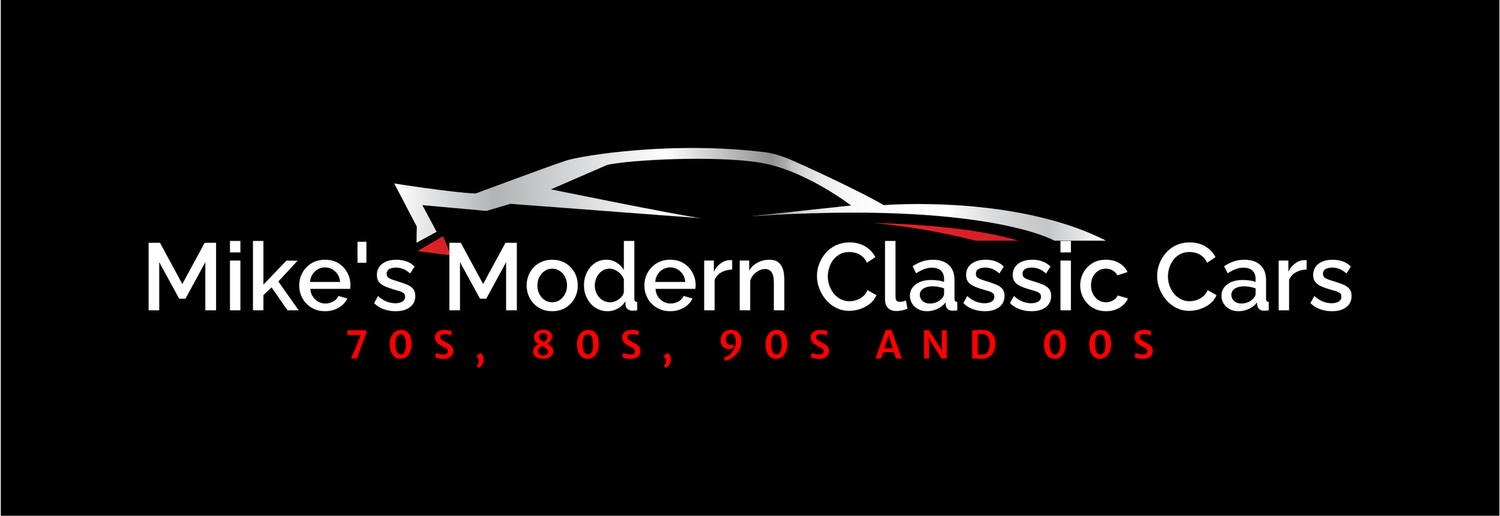Modern Classic Cars: History and How to Buy
Modern Classic Cars: History and How to Buy
The History of Modern Classic Cars
Modern classic cars typically refer to vehicles produced from the late 1970s through the early 2000s. This era is characterized by a shift from traditional automotive designs to more innovative technology and performance features, influenced by changing regulations, consumer preferences, and advances in engineering.
1970s: The Birth of Modernity
The late 1970s saw the rise of fuel efficiency and the introduction of emission regulations. Cars like the Porsche 924 and Ford Mustang II began to emerge, focusing more on economy and practicality while still retaining the spirit of performance.
1980s: A Decade of Diversity
The 1980s brought a wealth of options, with cars like the BMW 3 Series and the Lancia Delta Integrale blending performance with style. This decade also introduced turbocharging and front-wheel drive to many models, resulting in vehicles that were faster and more reliable.
1990s: Tech Revolution
The 1990s further pushed the envelope with the introduction of electronic fuel injection, advanced safety features, and iconic models such as the Nissan Skyline GT-R and Toyota Supra. This era is remembered for its blend of speed, technology, and design, captivating car enthusiasts worldwide.
2000s: The New Millennium
As we moved into the 2000s, the automotive landscape began integrating more digital features and luxury elements. The Ford Focus and Audi TT stand out, marking the perfect combination of modern technology and classic design.
How to Buy a Modern Classic Car
Purchasing a modern classic car can be an incredibly rewarding experience. Here are some fundamental steps to ensure you make an informed decision:
Define Your Criteria
Determine the make, model, and year that fits your preferences. Consider factors such as budget, desired condition (restored, original, project), and how you plan to use the car.Research
Dive deep into the specifications, reviews, and reliability of the models you're interested in. Online forums, enthusiast groups, and classic car shows can provide valuable insights.Set a Budget
Establish a budget not just for the purchase price, but also for maintenance, insurance, and any necessary repairs or restorations.Inspect the Vehicle
If possible, inspect the vehicle in person. Look for signs of rust, body work, and the condition of the engine and interior. A professional appraisal is also recommended for more expensive purchases.Check the Ownership History
Understanding the car's history, including previous owners, service records, and any accidents, can give you a clearer picture of what you’re buying.Negotiate the Price
Don’t hesitate to negotiate with the seller. Use your research and the vehicle's condition to guide your discussions.Complete the Paperwork
Ensure that all paperwork, including the title transfer and bill of sale, is completed correctly. Check local regulations regarding classic car ownership.Enjoy Your Purchase
Once you’ve found and secured your modern classic car, embrace the ownership experience. Join clubs, attend events, and engage with fellow enthusiasts to fully enjoy your new passion.
Buying a modern classic car can be a thrilling journey into automotive history. With the right research and preparation, you'll be well on your way to owning your dream car. tell your story online can make all the difference.
